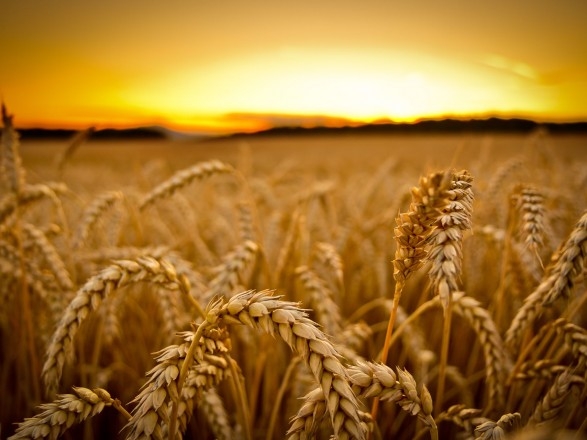Wheat prices fell again by 2.2-4.8% on the background of increased acreage in Canada

Yesterday's report from Statistics Canada (StatCan) sent a speculative drop in wheat prices immediately by 8%, followed by a weekly drop of 6.8-12%. Traders are looking ahead to the final US plantings report due on June 30, and have so far ignored data on the large yield gap for winter wheat in Kansas.
According to the StatCan report, the area planted to wheat in FY 2023/24 will grow by 6.4% compared to the previous season, from 25.39 to 27.024 million acres, which will be the highest in the last 20 years. Spring wheat crops in Manitoba, Alberta and Saskatchewan are in good to excellent condition with 10-150mm of rain in recent weeks.
July wheat futures fell yesterday:
- by 4.7% to $240.9/t - for soft winter SRW wheat in Chicago (-12% for the week),
- by 4.8% to $294.2/t - for hard winter HRW wheat in Kansas City (-9%),
- by 3.8% to $295.3/t - for hard spring HRS-wheat in Minneapolis (-9.5%),
- by 2.2% to €231.25/t or $251.9/t - September wheat futures on the Paris Euronext (-6.8%).
MARS experts predict that in 2023/24, Kazakhstan will reduce wheat production by 13% compared to the previous season to 14.3 million tons (which will be 7% higher than the 5-year average). At the same time, the productivity will decrease by 13% to 1.1 t/ha (-2% from the average). The condition of winter wheat crops in the country is better than that of spring wheat, especially in the southern regions, so the yield will exceed the average 5-year indicator. Compared to last year, the winter wheat harvest will increase by 10% to 1.1 million tons (+18% to the average 5-year level), and the spring wheat crop will decrease by 14% to 13.2 million tons (+7%).
In the main grain-growing regions of Kazakhstan and the Russian Federation, there is a deficit of precipitation, which will negatively affect the development of spring wheat crops.


